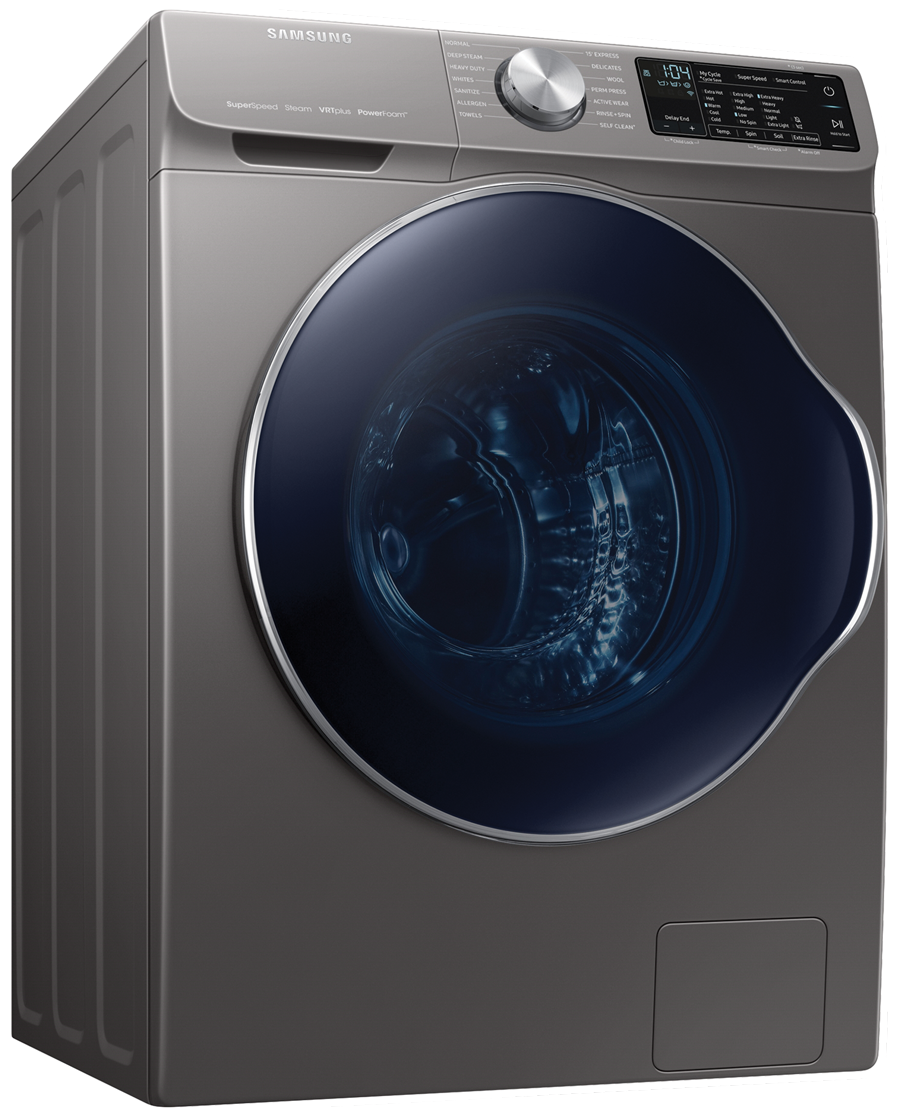
Existing home sales during July rose 2 percent from June (seasonally adjusted) and 1.5 percent from a year earlier, according to the National Association of Realtors.
The building of new housing stock and home purchases are strong indicators for how home appliances sell, everything from vacuum cleaners to refrigerators.
U.S. shipments of household appliances through July were valued at $17.56 billion, up 28.6 percent from $13.65 billion in the same seven months of 2020, according to the U.S. Census Bureau’s report on durable goods. A portion of that difference may be explained by higher selling prices but not all of it. New orders for household appliances rose 27 percent year over year and unfilled orders increased by 44 percent.
Whirlpool Corp.’s second-quarter revenue jumped 32 percent above the same period last year, driven by “robust and sustained consumer demand and the execution of our pricing actions,” Chairman and CEO Marc Bitzer told shareholders.
Pricing and product mix helped the company to expand margins, but margin benefits “were partially offset by raw material inflation, particularly steel and resins.”
The company experienced 21.6 percent revenue growth in North America, a double-digit sales boost in Europe, the Middle East and Africa, and sales jumped 76 percent in Latin America. Sales in China and India declined due to surges in COVID infections.
“Sustained strong consumer demand and our pricing actions will offset the impact of global supply constraints and rising input costs,” Bitzer predicts.
“We continue to expect to see demand spike, driven by home nesting trends and an under-supplied housing market,” says James Peters, Whirlpool’s executive vice president and CFO.
Bitzer notes that the “massive raw material cost inflation, frankly, was stronger than we expected. But we recognized earlier than most that this whole upside-down world, with [supply chain] constraints everywhere, will last a lot longer than everybody was hoping for.”
 It’s not like we started buying steel this year. We’ve done that for about 110 years.
It’s not like we started buying steel this year. We’ve done that for about 110 years.
The management team also discussed elements leading to difficulties with on-time deliveries. Those elements include labor shortages, broader component shortages (because other suppliers also have labor shortages in their own factories), resins and semiconductors. The resins were short during first quarter because storms in Texas knocked out power to petroleum and chemical manufacturing sites. The semiconductor shortage showed up in the second quarter.
“All of that will be around us for some time. The labor shortages are increasingly manageable. The semiconductor challenges will not go away anytime soon. You may see that well into 2022,” Bitzer says. “It’s not like one semiconductor fits every single SKU. It would be nice if they were all universally applicable.”
From a supply chain perspective in the U.S., Peters says Whirlpool is “still trying to catch up, and we expect to continue building small amounts of [additional] inventory going forward.”
Big Box retailer Lowe’s reported strong growth across kitchen and bath, flooring, appliances, and decor during the second quarter, which reflects “continued consumer confidence in investing in their homes,” Chairman, President and CEO Marvin Ellison told shareholders.
“Residential investment is expected to remain high due to historically low mortgage rates while home prices continue to appreciate. We see higher household formation trends and longer-term wallet share shift to the home.
“Because of this,” Ellison says, “consumers have an increased confidence in repairing and remodeling their homes. Our research shows that it will take years for the supply of homes to meet the projected demand. This remains a very positive indicator for home improvement.”